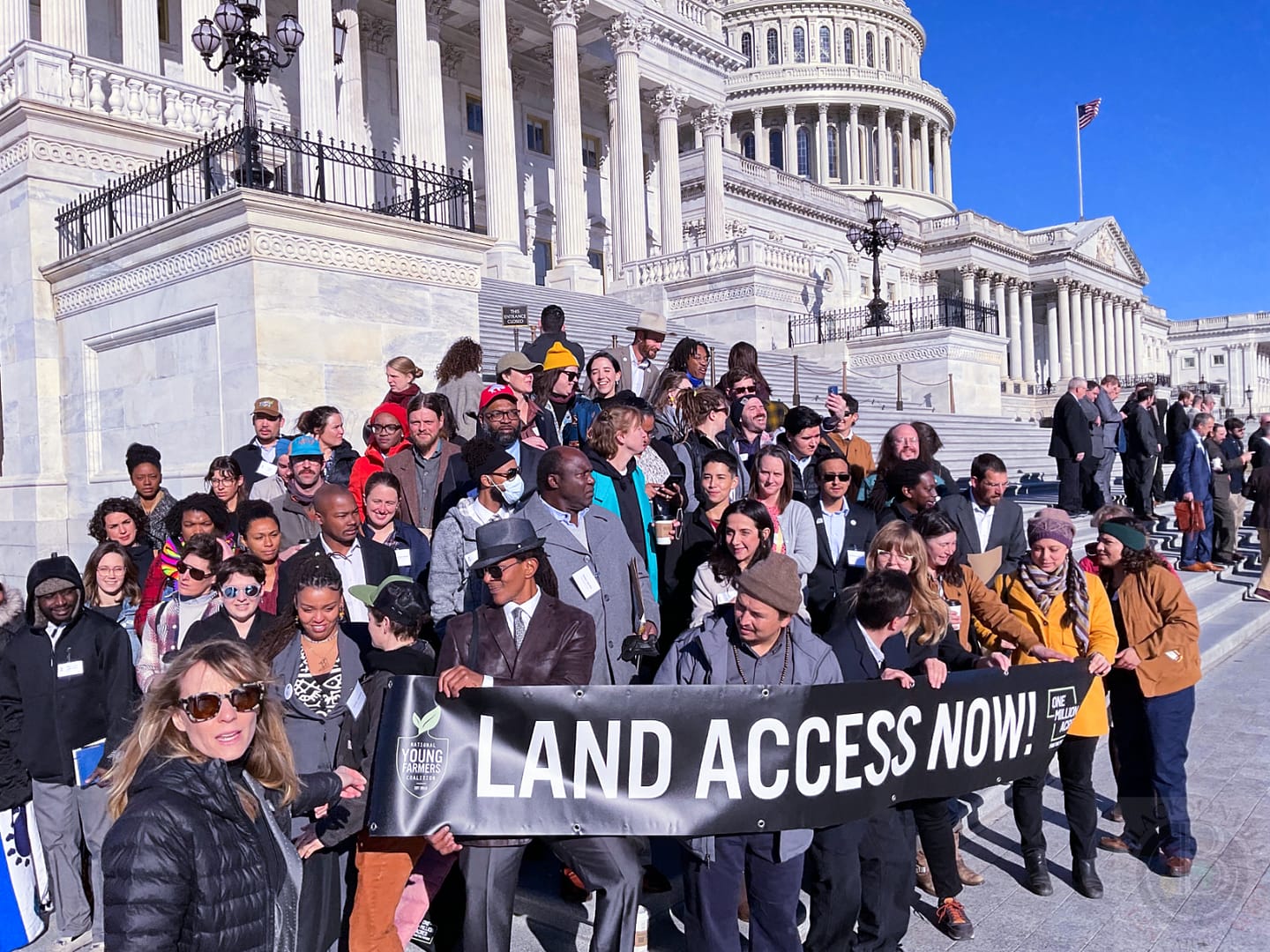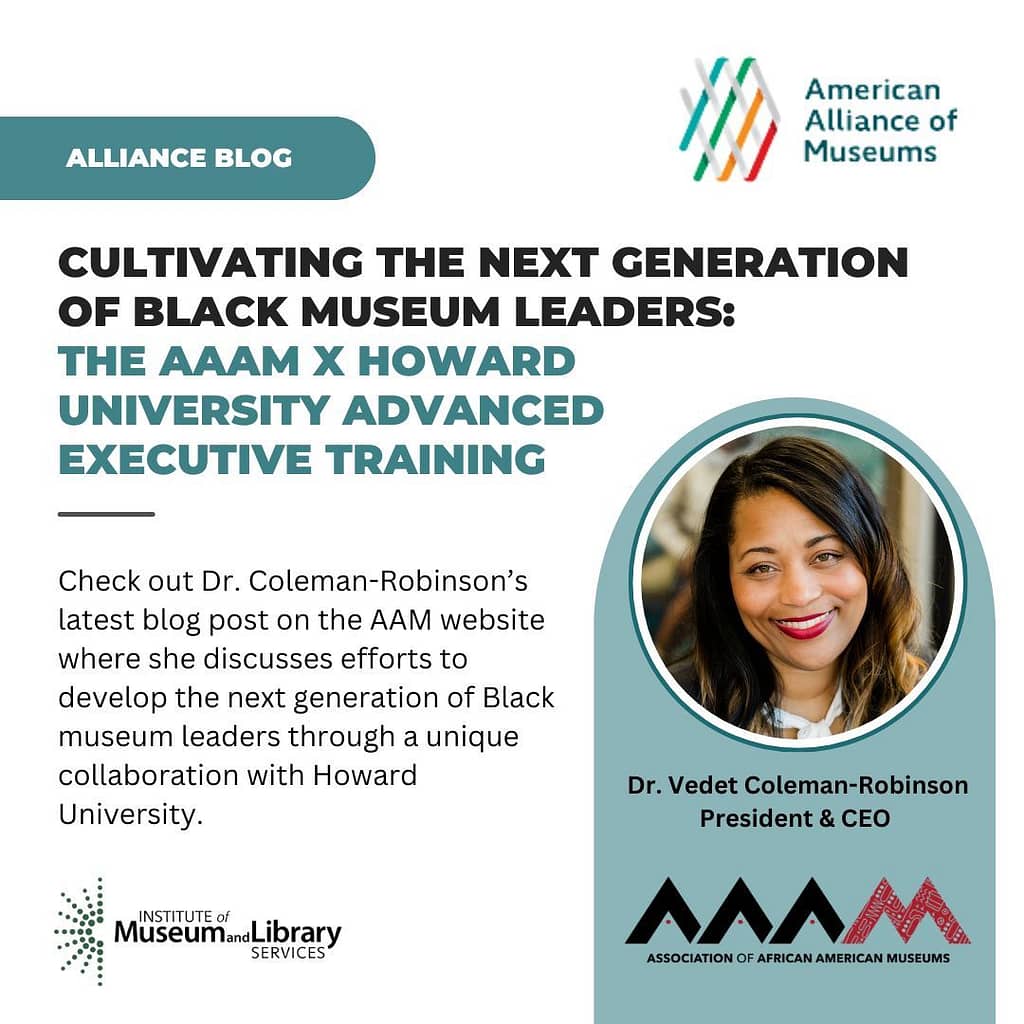
Heirs’ property loans for ” all people of color” remains one of many problems on the color line. is a legal term that refers to family land inherited without a will or legal documentation of ownership. It has historically been challenging for heirs to benefit from USDA programs because of a lack of culturally appropriate technical assistance that results in any tangible or equitable relief. Some belief that the issues surrounding Heirs inability to get a farm number without proof of ownership or access/ownership of land. Although much of the last decade has centered research with an intention to focus on rural landowners, or the risk of Black Farmer land loss, this problem is particularly prevalent in the southeastern United States where a many inclusive equity funding initiatives have been on the auction block.
Culturally appropriate practices/techniques and strategies can be defined as a means being alert and responsive to beliefs or conventions that might be determined by Cultural Heritage. Now we all know cultural identity or heritage can cover a range of things. Another definition shapes culturally appropriate practice within the objective realm of how one perceives him/herself,
Understanding, non-judgmental and respectful in dealing with people whose culture is different from your own; Flexible and skilful in responding and adapting to different cultural contexts and circumstances.
Studies have shown that heirs’ property issues disproportionately affect African American households, particularly in historically disinvested, low-income, typically defined these days as BIPOC, or even LBGT communities. But there has been less discussion on how these Issues have ineffectively contributed to the demise of urban dwellings where access to clean air and water, fertile soil, and quality food can be more so problematic, as many land parcels are small and, thus, difficult to meaningfully divide. Especially when it comes to civic engagement issues that overlap maps, people, and place. You’ve heard of 40 acres and a mule, but there’s a lot More to this Spike Lee Joint. At least from what is commonly taught in your everyday History books.
Equitable access to land if not overturned by the Freedmen’s Bureau (initially established from 1865-1869 to extend culturally-appropriate technical assistance to farmers and philanthropic/Federal public education in support of Community Project Funding) could have benefited “ex-slaves” thus preventing social, economic, and political inequity for infinite generations. (Mittal and Powell noted that “four million persons, 40 million acres of land valued at $400 million should have been distributed to the ex-slaves in 1865. 2010, cited by Darity, 2008, pp. 662-663)
The present value of that sum of money compounded from 1865 at a modest 6percent (5 percent for interest earned and 1 percent as an inflation adjustment) would amount to more than $1.5 trillion” (pp. 662-663); and, if there are approximately 30 million descendants of “enslaved of African descent” in the United States today, the estimate based on 40 acres yields an allocation of slightly more than $400,000 per recipient (pp. 662-663). Beginning in 1910 Black land ownership began a severe decline except during the decade between 1940-1950 (Copeland, 1984, p. 53).
From 1866-1890 despite repetitive discrimination-based setbacks, post-civil war disenfranchised Black Indigenous and Freedmen were forced to accumulate land through purchase of small lots. Respectively, 3 million acres by 1875, 8 million by 1890, 12 million acres by 1900, and 15 million by 1910 (according to Washington and Favors, 1973). Because heirs’ property was based on inherited land or real estate owned by two or more people as tenants-in-common, after 1920, over 20 millions acres was loss by fire, eminent domain, outright theft, or the brutality of segregation as non-white farm land “was expropriated” and “not sold freely”. This left an empty bowl throughout the Southeast of what would be coined in the Eisenhower era as “abandoned or fractional lands”. According to The Federation of Southern Cooperatives, Farmers Are First Responders.
It soon became apparent that land with such an unsecured title is not always labeled as heirs’ property. For example, for Macon
County, AL, there were 1,138 parcels listed as heirs’ property; but for Sumter County, AL, a similar county in the Alabama Black Belt, there was only 1 parcel listed as heirs’ property. Again, previous research and interviews with Revenue Commissioners indicated that heirs’ property could be found under the labels “Estate”, “Et al.”, and “Deceased”. It was noted that while some property under these labels was heirs’ property, not all property under these labels was. And finally, each of these labels had alternative spellings: “Deceased” and “Dec” or “Dec’d” or “Decd”, “Estate” and “Est”, “Et al” and “Etal”, with different owners under each label.
Family farmers and rural communities suffer disproportionately in times of disaster and economic hardship. Rural communities have less developed infrastructure, greater distances between people & services and fewer resources. These communities suffer more because the impact of disaster hurts twice as much because limited resources can’t support the assistance needed and whatever support available takes twice as long to reach those in need.
HR 5060: Uniform Partition Act
Spearheaded by the late Pastor Clementa Pinckney of Ebenezer Baptist Church, the Uniform Partition of Heirs Property Act (SB 580) allows the heirs of a property a chance to purchase the entire property before one party can partition and sell it. In the past Florida law allowed for any heirs in cases without a clear will to request the property be partitioned and force a sale. Since adopting the UPHPA, farm operators and owners have more options.
Heirs Property FAQ
Heirs’ property refers to a type of tenancy in common in which multiple owners obtain undivided, fractional interests in real property. It often occurs through intestate succession and can leave heirs with clouded titles and unstable property ownership. Tenancies in common have no rights of survivorship; when a cotenant dies, their interest passes directly to their heir(s). All cotenants enjoy the same rights to enjoy and possess the property, but do not share any equal obligations for property maintenance. The lack of clear title and fractioned ownership limits the ability of an individual cotenant to sell, improve, renovate, and repair the property or use it as collateral.
Intermediary heirs property lenders (cooperatives, credit unions, nonprofit organizations who have worked with socially disadvantaged, limited resource, or beginning farmers) can apply for loans up to $5 million at 1% interest.
Recently FEMA decided to change its policies to allow people living on inherited land, known as heirs’ property, who couldn’t prove ownership, to apply for critical disaster aid.
Did you know? An estimated 60 percent of African American-owned land in the South is heirs’ property. One committed naturalist and advocate for economic justice, Jermyn Shannon, is working diligently to create more transparency and innovation among the USDA and HBCU research-based institutions to establish an inclusive property rights system that affords descendants of heirs property to at-long last Title their properties, which has many economic benefits.
“Its rather shameful the way heirs property is tendered here in the Lowcountry. With the large number of historically marginalized communities throughout North and Central Florida one would think by now there would be a better way to education and support heirs property, especially in Florida. Farm bill 2018 opened the door for new models of economic development through historical preservation and land ownership, yet we are plagued from a lack of cultural competency that translates to transformational leadership in this space, which breaks down trust for any serious sustainability to result in direct economic impact. The issuing of property titles using new programs like ADUs that adds value to homes should have a very clear and perceivable effect on the development and inclusion not just of the popular sector but directly from descendants of heirs property.”~~ Jermyn Shannon, A member of the National Young Farmers Coalition & SC Woodlawn Conservation and Landowners Advocacy Team ~~
SHAKE A TALE FEATHER!
Approved Lenders: Two Native American Agencies and One Black Farmers Cooperative
The Farm Service Agency offers various loan programs including Microloans, Operating Loans, Farm Ownership Loans, Emergency Loans, and Youth Loans. While FSA is committed to serving all farmers and ranchers, by statute, FSA targets a portion of all Guaranteed loan funds, Microloan funding, and Youth loans, to historically underserved farmers and ranchers. Intermediary lenders have been approved for relending through the new Heirs’ Property Relending Program (HPRP). The U.S. Department of Agriculture (USDA) recently finalized its review of cooperatives, credit unions and nonprofit organizations who were encouraged to apply for competitive heirs property lending, designed to ultimately will help agricultural producers and landowners resolve heirs’ land ownership and succession issues.
As new language to articulate policy outcomes are ever-changing, Heirs should contact local advocacy groups and the USDA before reaching out to lenders for more information on eligibility. The first three lenders approved or conditionally approved include:
-
- Service Area: Nationwide, targeting Indian Country.
- Contact: Skya Ducheneaux, 605-964-8081
Cherokee Nation Economic Development Trust Authority (CNEDTA)
-
- Service Area: Producers in rural areas (as designated by USDA) of the 14 counties, in whole or in part, encompassing the Cherokee Nation Reservation. Borrower(s) must reside in the Service Area and land must be agricultural land located in the Service Area.
- Contacts: Stephen Highers, 918-207-3955; and Brian Wagman, 918-453-5531
Shared Capital Cooperative, which has a partnership with Federation of Southern Cooperatives
-
- Service Area: Producers in the states of: Alabama, Florida, Georgia, Louisiana, Mississippi and South Carolina.
- Contact:
- Shared Capital Cooperative, heirsloans@sharedcapital.coop, 612-767-2113 or the Shared Capital Cooperative website
- Federation of Southern Cooperatives, loanfund@federation.coop; or info@federation.coop
HPRP loans may not be used for any land improvement, development purpose, acquisition or repair of buildings, acquisition of personal property, payment of operating costs, payment of finders’ fees, or similar costs. FSA can provide additional assistance through the farmer ownership and operating loan programs to assist heirs in financing other credit needs in conjunction with the Heirs’ Property loan provided by the intermediary.
Microloansare designed to fit the needs of small farms, beginning farmers, niche and non-traditional farm operations, to include truck farms, farms participating in direct marketing, such as farmers’ markets, CSAs (Community Supported Agriculture), restaurants, and grocery stores. Microloans can also be used for hydroponic, aquaponic, organic and vertical growing methods.
You may request up to $50,000 for a Farm Ownership Microloan and up to an additional $50,000 for an Operating Microloan. Note: The $50,000 limit includes any possible outstanding FSA Direct Operating or Farm Ownership unpaid principal loan balances.
A loan applicant may have a Guaranteed Operating Loan, Farm Ownership loan or Emergency Loan and still qualify for a Microloan. Need More Capital? Consider a Farm Ownership or Operating Loan.
The Loan Assistance Tool is the first of multiple farm loan process improvements that will be available to USDA customers on farmers.gov in the future. Most USDA loans require prior farm experience. Not-for-profits may not be eligible. Other improvements and tools that are anticipated to launch in 2023 include:
- A streamlined and simplified direct loan application, reduced from 29 pages to 13 pages.
- An interactive online direct loan application that gives customers a paperless and electronic signature option, along with the ability to attach supporting documents such as tax returns.
- An online direct loan repayment feature that relieves borrowers from the necessity of calling, mailing, or visiting a local Service Center to pay a loan installment.
Upcoming Events
February 2023 Duval County Heirs Property Recap
Key Takeaways/Reflections by LISC Jax
- Heirs’ Property, or fragmented unclear homeownership title, is a silent barrier to family wealth creation.
- Jacksonville, a unique urban environment, has the potential to be on the leading edge of Heirs’ Property work. The grassroots approach to building relationships, which is essential to establishing trust with the people we are working to support; the convening of community-based organizations; and the partnerships and resources framework created by LISC Jacksonville collectively provide significant opportunity to develop a practical model for other urban areas to follow.
- The issue of Heirs’ Property affects people from birth to death. Heir’s Property leads to housing insecurity, which is proven to decrease child economic mobility and creates more trauma in the home. The learning loss associated with housing insecurity can contribute to a lessening of life-long earnings. Homeownership loss through Heirs’ Property further compounds the effects of other family financial and economic challenges.
- The scope of Heirs’ Property work follows three main areas:
-
- Find. Finding the homes that are Heirs’ Property is the first step, which requires having ample data and “boots on the ground” resident engagement to confirm the data.
- Preserve. Preserving the homes we find requires legal assistance and housing support resources.
- Support. Once preserved, we must support and educate these households on how to avert potential future home loss. The bottom line is we are helping households ‘keep their home in the family’ as a path to building generational wealth.
- Community education is essential to the success of this initiative. Probate litigation is not enough on its own – the community education piece plays a key role in prevention and empowering communities to be more proactive in addressing this.
- If we can reach 15% of likely Heirs’ Property households, may trigger a natural spread of awareness and fuel progress of this work toward the goal of eradicating Heirs’ Property in Duval County.








